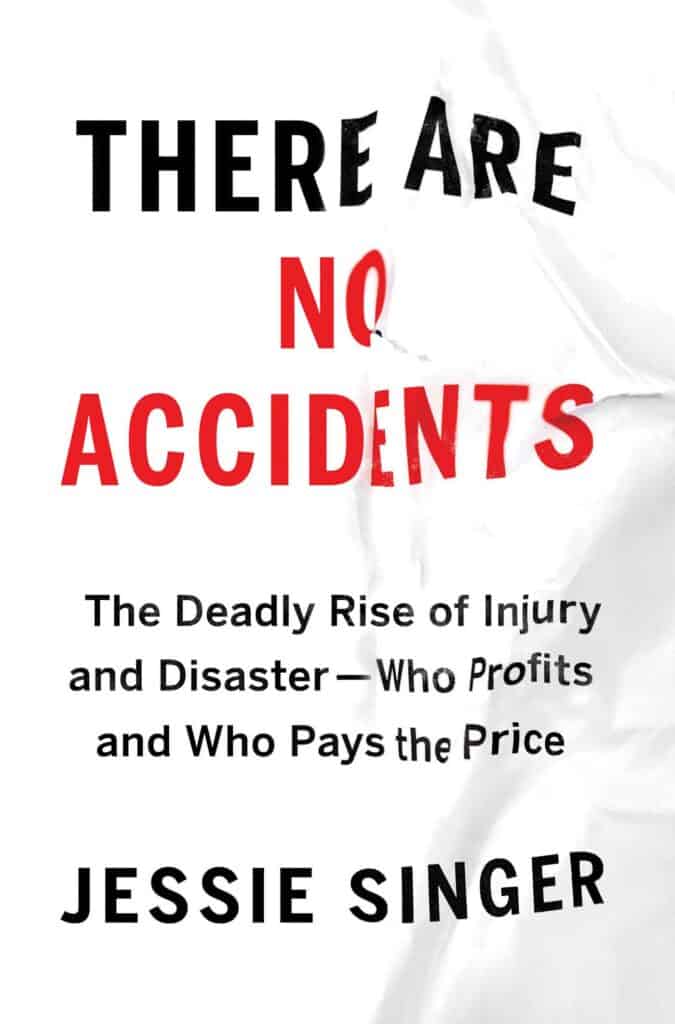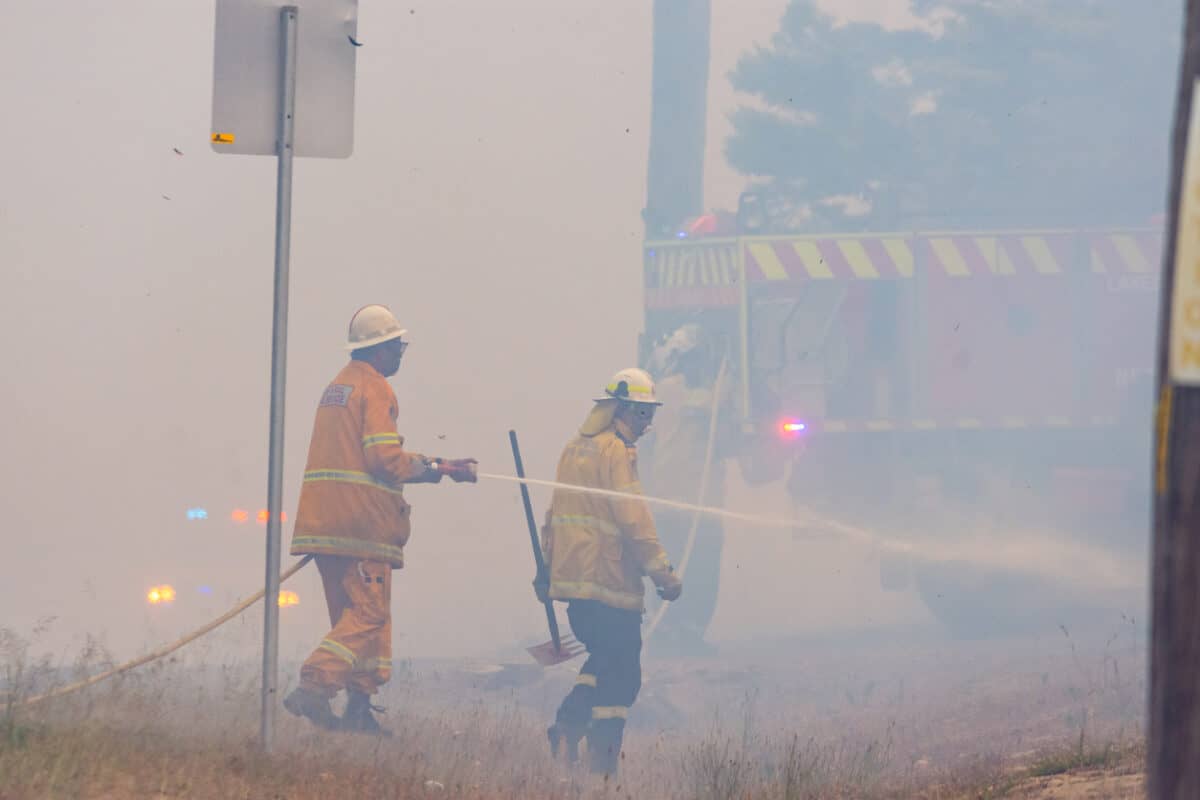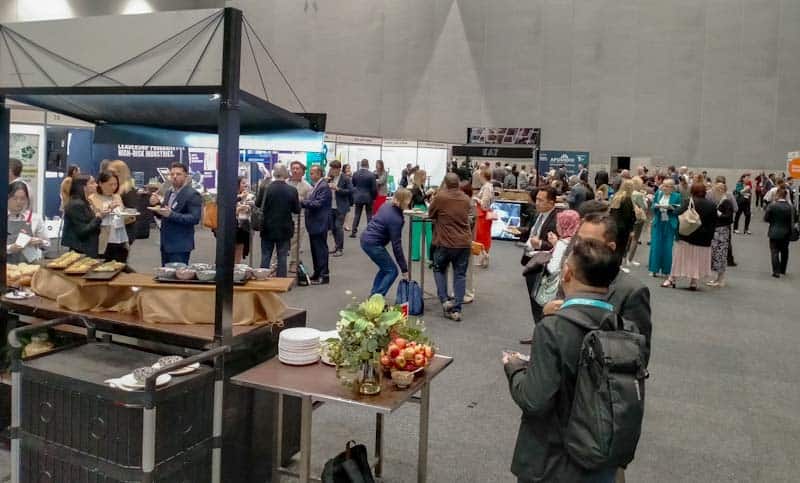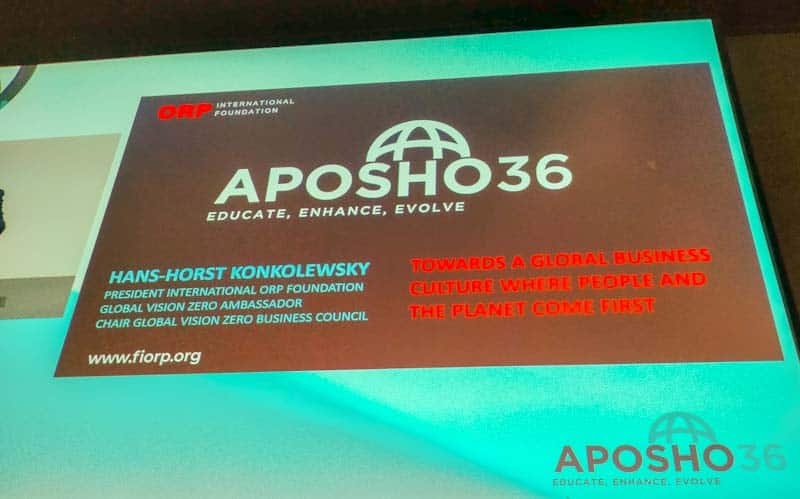On March 17 2023, the Australian government released the Productivity Commission’s latest 5-year Productivity Inquiry report. At well over a thousand pages, few people are going to read it to the level it deserves. Nor will I, but I have dipped into it and found a couple of important comments that relate directly to the management of occupational health and safety (OHS).
Category: quality of work
When empathy is also harmful
One of the favoured characteristics of a successful corporate leader is empathy for those under one’s duty of care. The logic is, if you care about your workers, you will look after them and prevent them from harm. But in some jobs, the empathy needed to do the job well also exposes workers to psychosocial harm. This issue of vicarious trauma is an element of our increased attention to workplace mental health and is receiving global attention.
Is psychosocial harm always preventable?
Occupational health and safety (OHS) in healthcare is a unique experience. Patient care and patient safety seem to override the OHS duties for healthcare workers. This is understandable given the culture and purpose with which people work; however, it is short-sighted, especially on the issue of mental health at work.
A new book on burnout (yes, another, and there are even more) was published recently on the issue of preventing burnout for healthcare workers, written by John Halbesleben. This 2nd edition has a slightly revised title to reflect the changing emphasis on mental health at work.
Halbesleben writes that the first edition from 2009 tried to convince readers that burnout was an occupational risk. Since then, that fact is now accepted, and not just because of the coronavirus pandemic. He writes:
Notable books on safety and work
This end-of-year list is more complex than one of unread books because of the qualitative elements. In writing this article, off-the-cuff, I thought of the three or four books that I could readily remember reading in 2022; those that stuck in my mind for several reasons.

The book that most readily comes to mind from 2022 is the Jessie Singer book “There are no Accidents“. Singer makes the same point as many occupational health and safety (OHS) people have – accidents are not an “act of God”. There is always a cause IF we choose to look. There is always a social, corporate, economic of ethical environment that either encourages or fails to discourage decisions that can lead to harm.
Continue reading “Notable books on safety and work”Is Safety Leadership for everyone or just the executives?
At last week’s Asia Pacific Occupational Safety and Health Organisation conference, I bumped into Jen Jackson, a young creative thinker on occupational health and safety (OHS) and the author of “How to Speak Human”. We had a quick chat about OHS leadership and gender issues. Below is an edited transcript with a link to the raw audio.
Some good presenters, some great, but OHS conferences need more work
What was missing most from the recent conference of the Asia Pacific Occupational Safety and Health Organisation was a strong Asia-Pacific voice. Certainly, there were presentations by Asian OHS professionals and some westerners working in Asia, but the keynote speakers were almost from Anglo-European cultures. This made it hard to understand if the conference was designed for Asian safety and health professionals to learn from us or for Australians to learn from them. Perhaps it was just for all of us to learn as a profession.
Some of the keynote speakers offered universal suggestions for improving the management of workplace health and safety, but perhaps these were so universal as to be generic or safe. For instance, one of the greatest challenges for the Asian region, in particular, is ensuring the safety of migrant workers. There was one mention of the deaths of the World Cup construction workers, and that was in passing.
Below is a summary of the conference and some of the occupational health and safety issues (OHS) raised.
Old working hours concepts persist as subtext in new debates
One of the most contentious occupational health and safety (OHS) elements of industrial relations negotiations is the issue of working hours. And one of the most effective ways to prevent physical and psychological harm is by talking about working hours. The evidence for harm from excessive and often unpaid hours is clear, but some assumptions crop up in the debate every so often.
Two recent books, one by David Graeber & David Wengrow and another by Daniel Susskind, offer reminders of these issues and are useful adjuncts to the Australian research on precarious work by Michael Quinlan, Phillip Bohle and others. ( A Guardian review of Graeber & Wengrow is available here with one from The Atlantic here, Susskind here and here)





